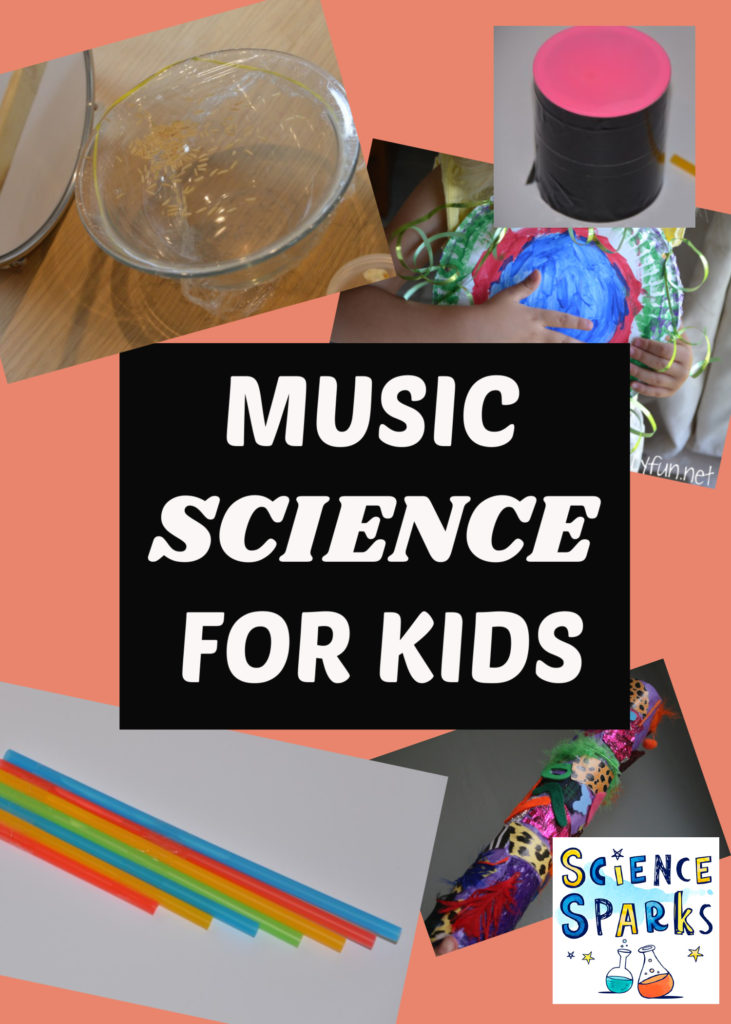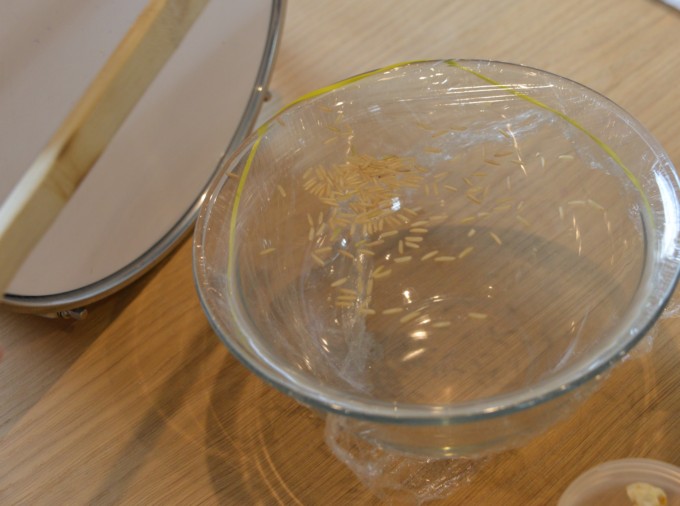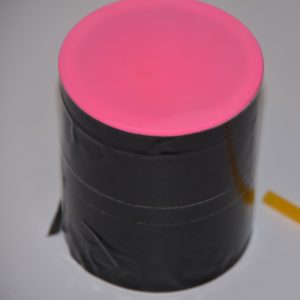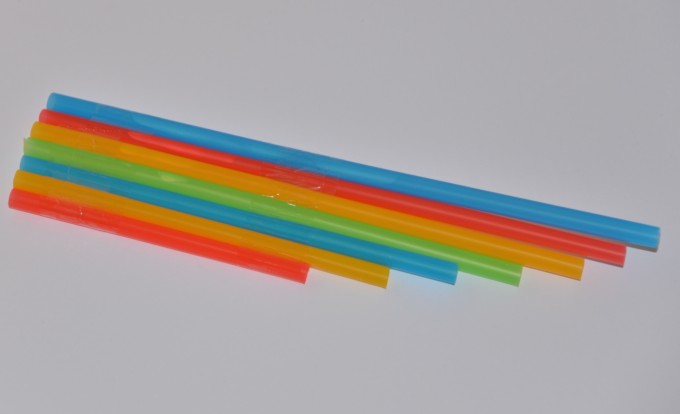These fun music science experiments for kids are all about making sounds, how we hear sounds, pitch and music! Set up a speaker, a drum, and rice first to see sound in action, then make a drum, rainstick, guitar and lots more easy music science activities.
How are sounds made?
Did you know sounds are made when an object vibrates? These vibrations make the air around an object vibrate. When the air vibrations reach the ear, they shake tiny hairs connected to nerves. These nerves send a message to the brain, telling it that a noise has been heard.
Music Science Experiments for Kids
This activity lets children see the effect of sound vibrations.
How to see sound vibrations
What you need to see sound
- Bowl
- Thin metal baking sheet
- Cling film
- Tape or elastic bands
- Speaker
- Drum
- Drum stick
- Rice
Instructions
Stretch the cling film over the top of your bowl and secure it with tape or an elastic band.
Sprinkle a handful of rice over the cling film.
Hold the drum close to the bowl and beat it hard; the rice should jump.
Investigate how the jumping of the rice changes depending on how hard you hit the drum.
Repeat the investigation using a speaker instead of the drum. Is it different?
Things to think about
What would happen if you moved the drum further away from the rice bowl?
What do you think would happen if you made a very quiet noise with the drum?
Does changing the pitch of the music affect how the rice jumps?
Why does this happen?
The clingfilm stretched over the bowl is similar to your ear drum. Sound vibrations from the drum travel through the air to the cling film, making it vibrate, which makes the rice jump!
What is the pitch of a sound?
The pitch of a sound is how high or low it is.
What is the volume of a sound?
The volume of a sound is how loud it is.
Strong vibrations produce loud sounds, and weak vibrations produce quiet sounds.
More Music Science for Kids
Tin Can Drum
Try making tin can drums. These are just a tin can with a balloon stretched tightly over the top and wrapped in gaffer tape.
Try putting different things inside to see how that changes the sound, or try beaters made from different materials.
The tighter the balloon on the drum is stretched, the higher the pitch of the sound.
Straw flute
Simply cut different sized straws and sellotape them together. Gently blow over the top of each to make a sound. Investigate how the length of the straw changes the sound.
Full straw flute instructions.
Music Crafts and Activities for Kids
Frugal Fun for Boys puts a small speaker inside the bowl, stretches a balloon over the top and adds salt so children can see the sound.
We love this homemade rainstick from The Imagination Tree too.
Try our sound absorption and reflection activities.
The Educators Spin on It has some great music ideas for summer.
We love these paper plate tambourines from Creative Family Fun. Do you think a plastic plate would make a different noise?
For musical ideas for younger children, try these musical activities for tots over on Rainy Day Mum.
Red Ted Art has some beautiful musical crafts to make too!

Last Updated on January 16, 2023 by Emma Vanstone




Thanks, great post.
http://techhubcorp.com/solaro/